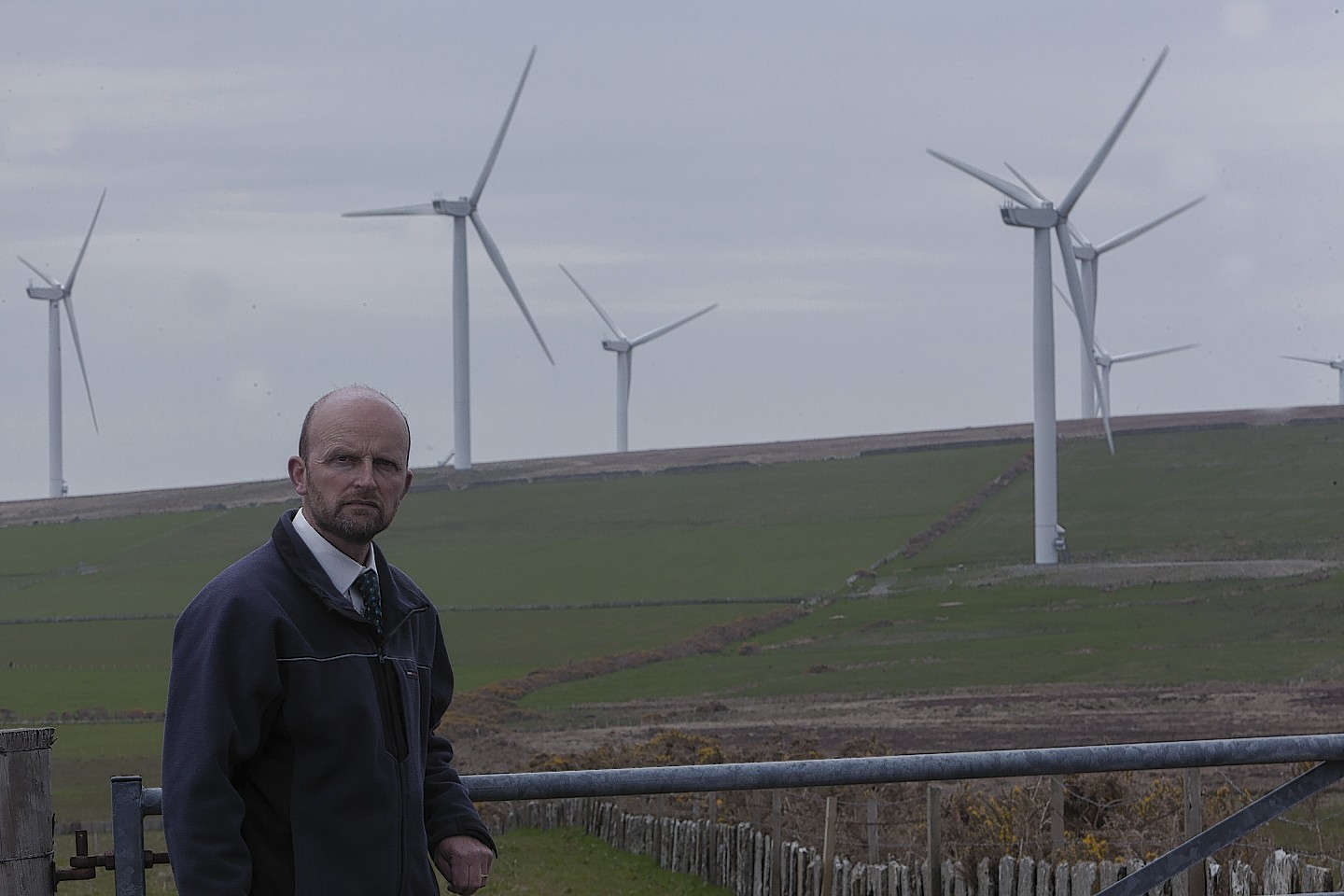Highland Council is facing a financial black hole over windfarm applications after it emerged that the fees collected from developers have virtually been wiped out fighting costly planning battles over the most controversial bids.
Almost £300,000 collected from 300 applications has been spent by the local authority on just 23 appeals lodged by developers after their bid were refused.
Last night a row was sparked over the money Highland Council has been forced to spend dealing with wind turbine proposals.
Calls have been made to force developers to pay more to make such applications and bring Scotland into line with England on planning fees.
It comes given the huge level of resources – including staff hours – spent handling the bids.
The matter has been raised by Councillor Matthew Reiss, who represents Lanward Caithness, an area with one of the UK’s highest concentrations of giant turbines
He said the council had considered 306 planning applications for wind energy projects over the past three years and that the fees paid to the council amounted to £295,013.
But legal costs incurred by appeals and public inquiries involving 23 of the schemes landed the council with bills totalling £288,000, which do not include the staff time involved.
Mr Reiss said: “It is obvious that the costs to the council are much more than the income from the planning fees. Many would suggest the council should receive full cost recovery
“But in order to achieve this a more detailed breakdown of all the costs should be sought, bearing in mind that south of the border planning fees are up to 10 times higher.”
Speaking last night, Inverness member Jim Crawford, who is barred from speaking in council debates about windfarm applications because of his open opposition to them, said the planning system was now suffering.
He said: “I’m sure the weight of windfarm related applications is now so great that it has an impact on non windfarm applications. It’s bound to have a knock-on effect.
“Developers pay £25,000 here for an application for a windfarm compared with £250,000 south of the border. No wonder we’re at saturation point in Scotland.”
Linda Holt of Scotland Against Spin believes no council publishes figures about the “true cost” of wind applications because they do not equate that to staff time involved in the process.
“The costs outstrip the paltry sums paid by developers,” she said.
Industry watcher Stuart Young, an engineer who has monitored the growth of giant turbines, said: “Two or three years ago councils complained to the Scottish Government about the cost of processing windfarm planning applications.
“The government put up an extra fund that councils could bid into to help them with the expense. Highland Council bid for a very amount and got it. Other, less strapped councils bid for much larger sums and got them.”
Helen McDade of the John Muir Trust wild land charity said: “Cash-strapped councils who try to stand up for the environment and for their communities are often hammered by legal costs while giant energy companies who can potentially make tens of millions of profit from a single windfarm are paying a relative pittance in fees.
“This underlines our concern that the planning system in Scotland is strongly skewed in favour of developers.”
